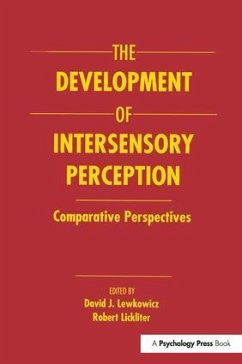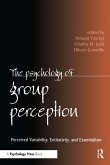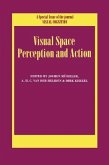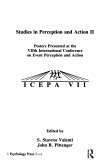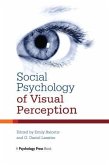This book provides the latest information about the development of intersensory perception -- a topic which has recently begun to receive a great deal of attention from researchers studying the general problem of perceptual development. This interest was inspired after the realization that unimodal perception of sensory information is only the first stage of perceptual processing. Under normal conditions, an organism is faced with multiple, multisensory sources of information and its task is to either select a single relevant source of information or select several sources of information and integrate them. In general, perception and action on the basis of multiple sources of information is more efficient and effective. Before greater efficiency and effectiveness can be achieved, however, the organism must be able to integrate the multiple sources of information. By doing so, the organism can then achieve a coherent and unified percept of the world. The various chapters in this book examine the developmental origins of intersensory perceptual capacities by presenting the latest research on the development of intersensory perceptual skills in a variety of different species. By adopting a comparative approach to this problem, this volume as a whole helps uncover similarities as well as differences in the mechanisms underlying the development of intersensory integration. In addition, it shows that there is no longer any doubt that intersensory interactions occur right from the beginning of the developmental process, that the nature of these intersensory interactions changes as development progresses, and that early experience contributes in important ways to these changes.
Hinweis: Dieser Artikel kann nur an eine deutsche Lieferadresse ausgeliefert werden.
Hinweis: Dieser Artikel kann nur an eine deutsche Lieferadresse ausgeliefert werden.

